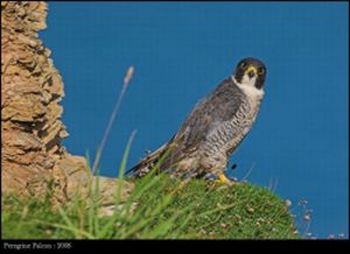Thought I would put up a few more Macro shots, as I have taken a large number over the last two weeks. This selection are all new species for me and I got a real buzz (sorry about the pun) when I discovered them. I will try to ring the changes once in a while , but at the moment my Macro lens is giving me so much enjoyment its never off the Camera.
So thanks all for bearing with me and this obsession
NOON FLY = MESEMBRINA MERIDIANA
HOVER FLY = VOLUCELLA BOMBYLANS.
MOSQUITO = DOLICHOPUS POPULARIS.
Finally I have been trying for some time to get a decent flight shot of a hoverfly, this one below was taken at Tehidy Woods and is one of six decent flight images I got the other forty seven ended up in the trash can. As you can see the landing gear is still up.
HOVER FLY = Xanthogramma pedissequum














































































